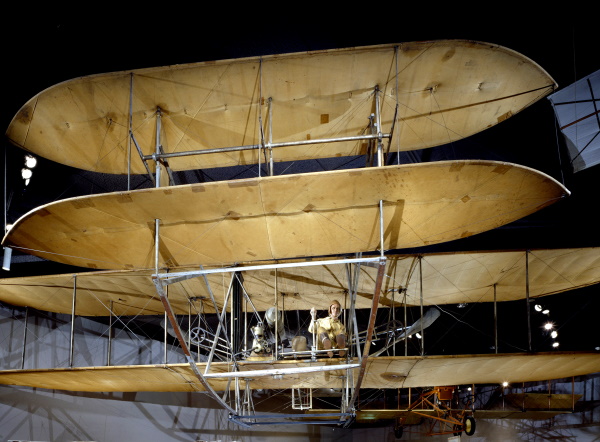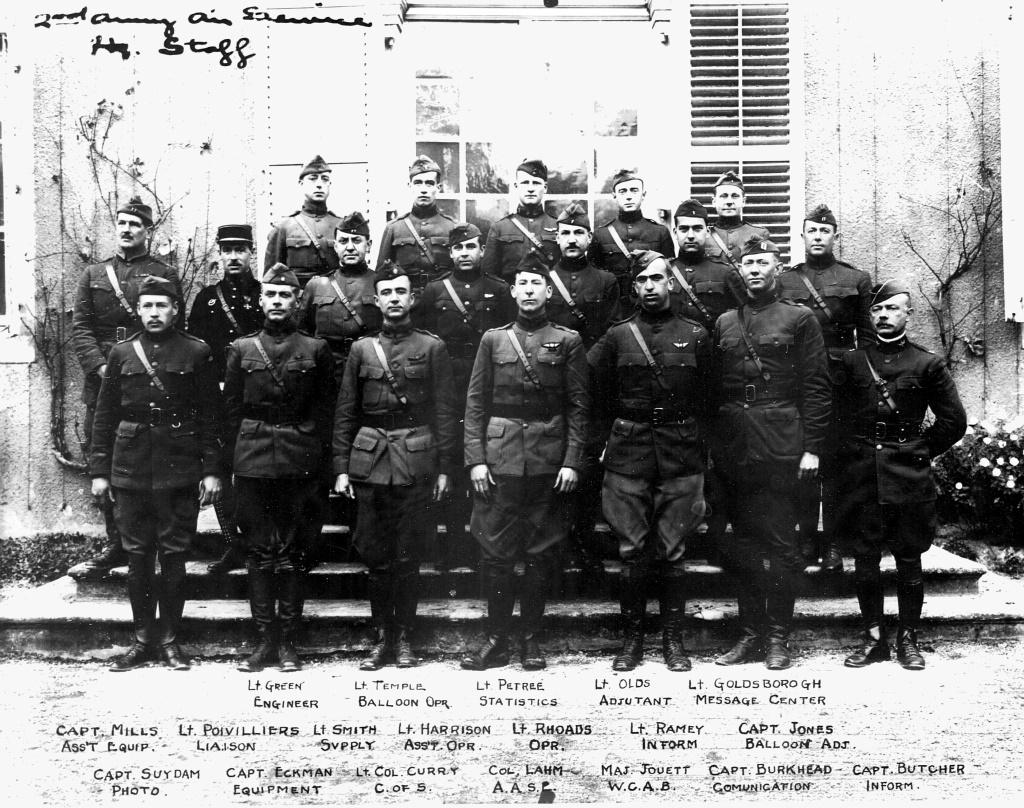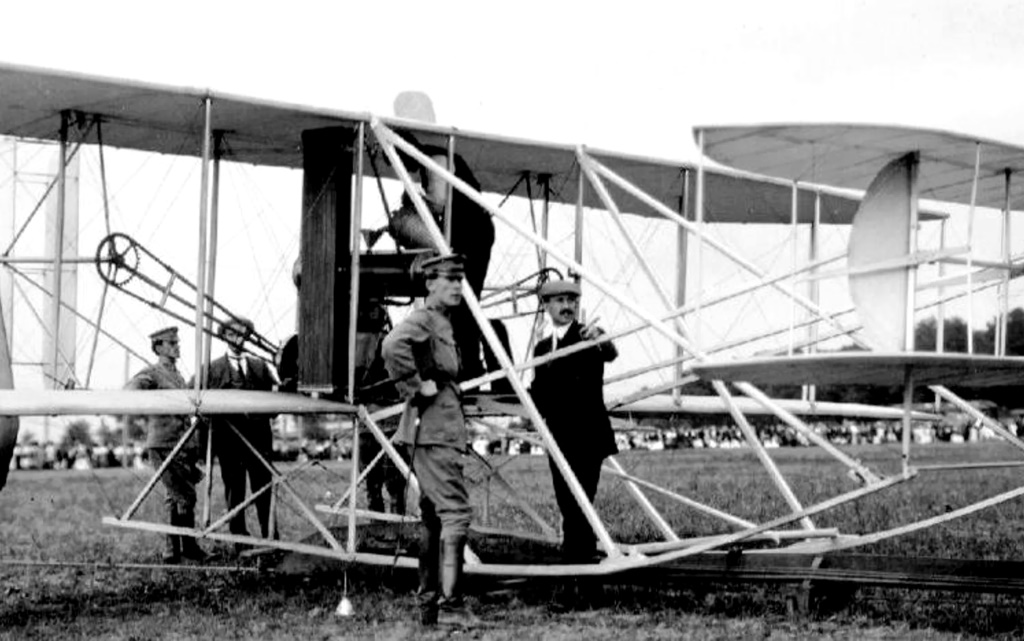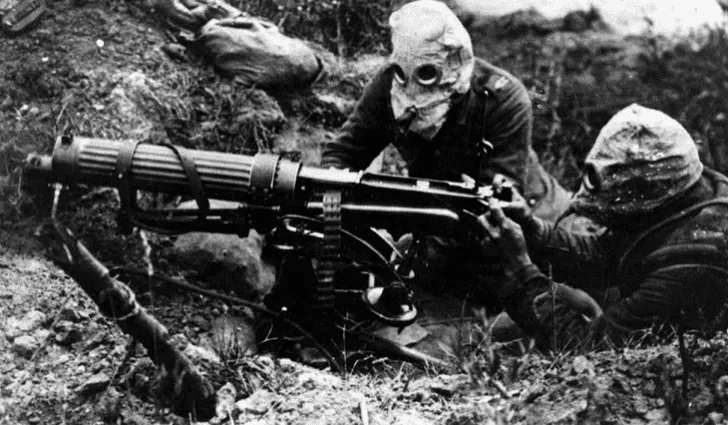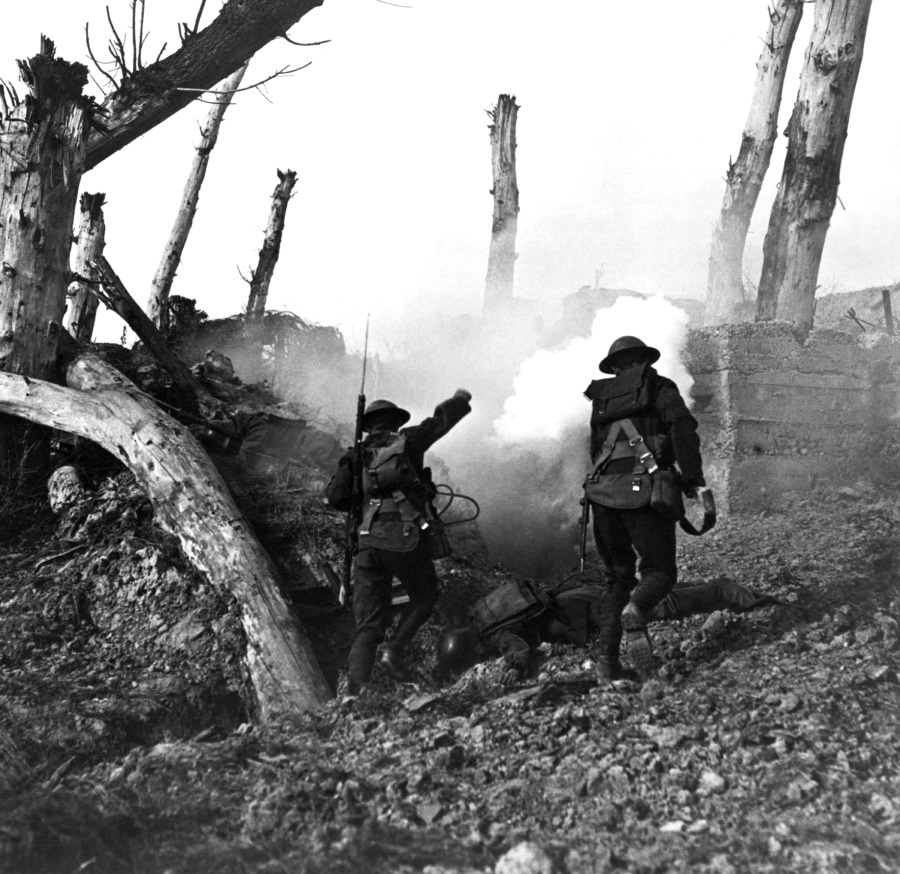(PART ONE) Document Source: Historical Research Division, Aerospace Studies Institute, Air University, Maxwell Air Force Base, Alabama. The World War One Diary of Col Frank P. Lahm, Edited by Albert F. Simpson, Historical Research Division, Transcripted by Doc Snafu (Personal views or opinions expressed or implied in this publication are not to be construed as carrying official sanction of the Department of the Air Force or the Air University. This publication has been reviewed and approved by competent personnel of the preparing command in accordance with current directives on doctrine, policy, essentiality, propriety, and quality.
About a year before Gen Frank P. Lahm died in 1963, he gave his World War One diary to the editor, saying simply: I want you to have this. You may use ît in any way you wish. It was evident that although the diary was not the sort that would force historians to rewrite the story of World War One, it was, nevertheless, an interesting and useful addition to the limited literature of the conflict and should be edited and published. A careful reading of the diary revealed, however, that it contained the names of around 1000 persons – men and women, military and civilian, American and foreign, well known and obscure, important and unimportant – and that for it to be of maximum use as a historical document, it was essential to identify as many of these persons as possible. The decision to undertake this task led to two other decisions: first, not to clutter the narrative with a vast amount of biographical data but, instead, to arrange all persons alphabetically and put them, together with a sketch of each one who could be identified, in a Personnel Section in the Index; second, to keep all sketches brief, no matter how important the person may have been.
The editor has identified most of the persons mentioned in the diary. The few who remain unidentified are those whose names are not sufficiently distinctive or whose assignments were not sufficiently clear to distinguish them from other persons with the same Fami1y name, or whose names evidently were misspelled by Gen Lahm, or who were citizens of nations whose records for the period of World War One are incomplete or non-existent, or who, for some unknown reason, have simply refused to come to the surface in spite of a substantial effort by the editor. Fortunately, those who remain unidentified were not important to the story. In a few instances, identification has been given, but because the editor was not absolutely certain that it was correct, a question mark has been placed after the person’s name.
In assembling the biographical data and in carrying out other editorial chores an important source of information was Gen Lahm himself, who, until his death at the age of 85, retained a keen mind and a good memory. Scores of written sources were used; the principal ones are listed below. In addition to the names which appear in the Personnel Section, the Index also contains a list of the many American, British, and French military units mentioned in the text, these being arranged numerically under Units and a Miscellaneous Section. The editor is under obligation to a great many people for assistance in preparing the diary for publication. In particular, he is indebted to Mr. Louis A, Jackets, Chief of the Air Historical Branch, British Air Ministry, for biographical data on a number of British officers and civilians, and to Lt Col Hayez, Chief of the Historical Service of the French Air Force, for similar data on many French soldiers and airmen; to Miss Florine Oltman, Aîr University Library, and to the Military Personnel Records Center (Mr. J. H. Dalidowicz, Chief, Army Section) for assistance in identifying a number of Americans; to Mr. John Ashmore, Air University Library, for help in locating some very obscure places in France; to Mr. Clark Palmer of the Archives Branch, USAF Historical Research Division, for making available numerous World War One documents; and to Mrs. Lucy Meek, Mr. Harry Creagh, and Mr. Harley Samford who drew the maps and the chart which accompany the text, Mr. Frank Spangler, who prepared the photographs and maps for publication, and Mr. René Vaughan, all of Air University.
Others who were most helpful include Mr. Warren Albert, Library-Archives. American Medical Association: Miss Dorothy Harris, Yale Alumni Records Office; Mr. J. J. Smith, Los Angeles; Mr. Craig Herbert, Lafayette Hill, Pennsylvania, and Col Glen R. Johnson, USAF (Ret.), Dayton, Ohio, (both key figures in the National Association of American Balloon Corps Veterans); Gen John F. Curry, USAF (Ret.), Denver, Colorado; the Tate Gen Ralph Royce, USAF (Ret.), Coral Gables, Florida; Mr. Royal Frey, Air Force Museum, Wright-Patterson AFB, Ohio; Mr. H. H. Richards, Groton School; Col Carroll A. Bagby, USA (Ret.); Mr. Norman A. Durfee, American Red Cross; and Det. No. 5, AAVS which made available most of the photographs which appear in the book.
Special debts and special thanks are due to the following members, or former members, of Air University: Dr. Maurer, Chief, Historical Research Division, for his support of the project; Mrs. Sara Greer, who had the tedious task of preparing the first typescript of the diary and the first list of names to be identified; Mrs. Molly Keever, who typed the first draft of the biographical sketches and also did a substantial amount of research for the éditor; Mrs. Mary Hanlin, who provided much typing, editorial, and technical assistance; Mrs. Doris Bailey who typed a clear copy of many well-worn and interlined pages; Mrs. Bettye Maynard, who prepared the final, camera-ready copy of the diary, biographical sketches, and Index – an exacting and difficult task; and to Mrs. Gloria Atkinson who handled the arduous and demanding job of paginating the Index.
BIOGRAPHICAL SKETCH OF FRANK P. LAHM
Frank Purdy Lahm, the first American military man to go aloft in an airplane, winner of the first James Gordon Bennett International Balloon Race, holder of Airplane Pilot License Number 2, Aîrship Pilot License Number 2, and Balloon Pilot License Number 4, one of the key men in the American Air Service in France in Word War One, and Major General in the Army Aîr Forces, was born in Mansfield, Ohio, on November 17, 1877, the second child and only son of Adelaide Purdy Lahm and Frank Samuel Lahm. In March 1880, Lahm’s mother died suddenly; his father, whose health had been precarious for several years, left in October for Europe în the rather forlorn hope that a complete change of climate would benefit him. Surprisingly, his health improved and he spent the remainder of his long life (he died in 1931) in Europe – most of it in Paris, where from 1881 to 1906 he was the European agent for the Remington Typewriter Company – making regular summertime visits to Ohio to be with his family.
When Lahm’s mother died it was necessary to arrange for the care of her two small children, Katherine, age four, and Frank, age two. Katherine went to live with her father’s sister, Mrs. Helen Lahm Greenwood of Canton, Ohio. Educated in France and at Smith College (with additional study at the University of Chicago), Katherine in 1906 married à young Army officer, Frank Parker, who made a brilliant record as a combat leader in World War One, and who retired in 1936 as a Major General. Frank was taken into the Mansfield home of his mother’s sister, Mrs. Mary Purdy Weldon, a widow with two children. For the remainder of her life, Mrs. Weldon was à real mother to Lahm; he called her Mom and was devoted to her.
By the time he was 16, Lahm was a fine athlete, having captained both the football and baseball teams in high school. At this age, his father took him to France where he spent a year in a Dominican School, Albert-1e-Grand; while there he learned to speak French, saw much of Europe with his father, and further improved his skill as an athlete by à rigorous program of rugby, mountain climbing, and gymnastics. In 1895, Lahm entered the Michigan Military Academy, where he was valedictorian of his class, Lieutenant of the Corps, and a leading athlete. In June 1897, he entered West Point; when he graduated in 1901 he stood 23d in his class (of 74), had been the quarterback on the football team and Captain of the baseball team had set several gymnastic records, had become an expert horseman and had served as Lieutenant of his company.
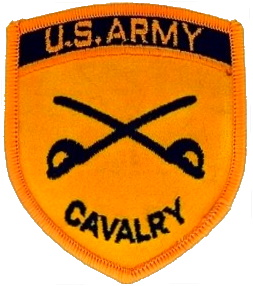 On graduation, Lahm was assigned by request to the Sixth Cavalry and for the next two years he campaigned în Luzon, Philippines. He returned to the States via China, Korea, and Japan. The next three years were spent at West Point as an instructor in modern languages; his sister Katherine served as his housekeeper. His summers were spent in Europe. In Paris, in the summer of 1904, his father (who had made his first balloon ascent in 1902) taught him to Fly balloons. In 1906, the Army sent Lahm to the famous Cavalry School at Saumur, France. While waiting for the school to open, Lahm, flying his father’s balloon and assisted by Maj Henry B. Hersey of the US Weather Bureau, won the first James Gordon Bennett International Balloon Race, taking off from Paris on September 30 and 1anding at Fyling Dales in Yorkshire, England, the following afternoon.
On graduation, Lahm was assigned by request to the Sixth Cavalry and for the next two years he campaigned în Luzon, Philippines. He returned to the States via China, Korea, and Japan. The next three years were spent at West Point as an instructor in modern languages; his sister Katherine served as his housekeeper. His summers were spent in Europe. In Paris, in the summer of 1904, his father (who had made his first balloon ascent in 1902) taught him to Fly balloons. In 1906, the Army sent Lahm to the famous Cavalry School at Saumur, France. While waiting for the school to open, Lahm, flying his father’s balloon and assisted by Maj Henry B. Hersey of the US Weather Bureau, won the first James Gordon Bennett International Balloon Race, taking off from Paris on September 30 and 1anding at Fyling Dales in Yorkshire, England, the following afternoon.
In the summer of 1907, while Lahm was recuperating in Paris from typhoid fever, his father introduced him to Orville and Wilbur Wright. This marked the beginning of a close friendship that lasted as long as the Wrights lived. In August 1907, Lahm was ordered to duty with the newly created Aeronautical Division of the Office of the Chief Signal Officer, US Army. (The Aeronautical Division was the direct ancestor of the US Air Force.) En route to the States from France he investigated aeronautics in Germany and England; in England, he formed a firm friendship with Griffith Brewer, a well-known balloonist who later became a pilot for the Wrights. Lahm’s tour of duty with the Aeronautical Section lasted until the end of November 1909. Probably no two years of his life were more interesting and more significant. He became a friend of Alexander Graham Bell; he learned to fly an airship; he flew with Orville Wright on September 9, 1908, thereby becoming the first person in the US military service to fly in an airplane on July 27, 1909, on Fort Myer, Virginia, in the first official test flight of what would become the Army’s first airplane, he was Orville Wright’s passenger on a flight that set a new two-man endurance record of 1 hour, 12 minutes, 40 seconds; and in October of that year, he became the second military man to make a solo flight in a plane.
 After his tour with the Aeronautical Division, Lahm spent 18 months with the Seventh Cavalry at Fort Riley, Kansas. He then entered the Mounted Service School as a student, was a member of the Cavalry Riding Team, and graduated from the school in June 1911. In October 1911, Lahm married Gertrude Jenner, a lifelong friend, of Mansfield. They went at once to the Philippines where he again joined the Seventh Cavalry. He spent three years at Fort William McKinley near Manila, during which time he started military aviation in the Philippines. Using a Wright B airplane (and, later, a Wright C) he taught a number of Army personnel to fly, among them Sgt Vernon L. Burge, the first enlisted man to qualify as a pilot. In May 1913 he took his father, who was on a round-the-world tour, on a ride in one of the planes.
After his tour with the Aeronautical Division, Lahm spent 18 months with the Seventh Cavalry at Fort Riley, Kansas. He then entered the Mounted Service School as a student, was a member of the Cavalry Riding Team, and graduated from the school in June 1911. In October 1911, Lahm married Gertrude Jenner, a lifelong friend, of Mansfield. They went at once to the Philippines where he again joined the Seventh Cavalry. He spent three years at Fort William McKinley near Manila, during which time he started military aviation in the Philippines. Using a Wright B airplane (and, later, a Wright C) he taught a number of Army personnel to fly, among them Sgt Vernon L. Burge, the first enlisted man to qualify as a pilot. In May 1913 he took his father, who was on a round-the-world tour, on a ride in one of the planes.

 In October 1914, Lahm returned to the States for assignment to his original outfit, the Sixth Cavalry, then at Texas City, Texas. In April 1916, he was promoted to Captain, detailed to the Aviation Section of the Signal Corps, and ordered to North Island, San Diego, as Secretary of the Aviation School. In May 1917 he was sent to Omaha, Nebraska, to command the Balloon School, where officers and men were traîned for service with observation balloons. On 1 June he was promoted to Major.
In October 1914, Lahm returned to the States for assignment to his original outfit, the Sixth Cavalry, then at Texas City, Texas. In April 1916, he was promoted to Captain, detailed to the Aviation Section of the Signal Corps, and ordered to North Island, San Diego, as Secretary of the Aviation School. In May 1917 he was sent to Omaha, Nebraska, to command the Balloon School, where officers and men were traîned for service with observation balloons. On 1 June he was promoted to Major.
Shortly after his promotion, Lahm suffered a badly broken leg and foot when one of his polo ponies fel1 on him. In July, as he was about to start on sick leave, he received a wire from Washington giving him the choice of taking the sick leave or of going to England and France on a six weeks inspection tour of balloon schooïs, equipment, and operations. He immediately accepted the European tour, and on July 25 received orders to proceed to England and France. It is with a quotation from these orders that Lahm begins his World War One diary.
Lahm landed in England on September 15. After inspecting aircraft factories, depots, and training establishments in and around London, he flew to France where he spent a week at Balloon Headquarters, British Second Army, observing the war at first-hand. Reporting to US Aîr Service Hqs în Paris on October 2 and then to the headquarters of Gen Pershing’s American Expeditionary Forces (AEF) at Chaumont, Lahm was înstructed to visit a number of French balloon installations and units and then to visit the Sixth French Army near Soissons to observe a major offensive. When he had concluded this duty, the higher authority decided that he should stay in France, and on October 20, he was placed in charge of the US Air Service, AEF balloon activities, with his first job that of organizing a balloon department in Headquarters, Line of Communication (Paris). A month later, Col Charles DeF. Chandler, who ranked Lahm, replaced him as head of the AEF Balloon Section, Paris, but Lahm stayed in France as representative of the Section at GHQ AEF, Chaumont. On February 23, 1918, he moved from Chaumont to Colombey-les-Belles as Balloon Representative, Air Service, Advance Section, Service of Supply, an assignment which gave him supervision over the battle training of balloon companies prior to their assignment to tactical units at the front.
 In the first week of June 1918, the US First Army Air Service was established at Toul and Lahm moved there with Gen Benjamin Foulois, it’s Chief. Near the end of July, Lahm was assigned to the G-3 Section (Operations), Headquarters, First Army at La-Ferté-sous-Jouarre; later, he moved with the headquarters to Neufchâteau and to Souilly. On October 14, Lahm – now a full Colonel – reported to Gen Robert L. Bullard in Toul, with orders to organize and command the Air Service of the American Second Army, a position which he held at the time of the Armistice on November 11, 1918, and for the next five months.
In the first week of June 1918, the US First Army Air Service was established at Toul and Lahm moved there with Gen Benjamin Foulois, it’s Chief. Near the end of July, Lahm was assigned to the G-3 Section (Operations), Headquarters, First Army at La-Ferté-sous-Jouarre; later, he moved with the headquarters to Neufchâteau and to Souilly. On October 14, Lahm – now a full Colonel – reported to Gen Robert L. Bullard in Toul, with orders to organize and command the Air Service of the American Second Army, a position which he held at the time of the Armistice on November 11, 1918, and for the next five months.
In June 1919, as Lahm was preparing to leave for the States, he was asked to take charge of Fort de Chempigny, near Paris, and there to play ‘host’ to riding teams from half a dozen Allied nations which were to take part in the International Games in the newly constructed Pershing Stadium. This assignment kept him in Paris for several weeks, during which time he was awarded the Distinguished Service Medal for his services during the war, as well as the French Legion of Honor and the Portuguese Order f Avis. Finally, on July 30, 1919, he sailed for New York on the Leviathan, arriving on August 6. Four days later he and Mrs. Lahm stepped off the train at Mansfield, Ohio – at which point the diary ends.
Lahm spent the following year as a special student at the General Staff College in Washington, having earlier exchanged his temporary Colonel’s ‘Eagles’ for his permanent Captain’s ‘Bars’. This assignment was followed by a four-year tour in the Organization Branch of G-3, War Department General Staff, in the course of which he moved up the promotion ladder to Lieutenant Colonel. From 1924 to 1926, he was an Air Officer of the IX Corps Area, with a station at the Presidio, San Francisco. From July 1926 to July 1930, Lahm was Assistant to the Chief of the Air Corps, with the rank of Brigadier General. It was during this period that he organized and commanded the Air Corps Training Center, uniting on one field at San Antonio what had previously been four headquarters and three Separate schools. Lahm can justly be called the Father of Randolph Field, popularly known as the West Point of the Air. In the summer of 1931, Gertrude Lahm died. His niece, Mary McConnell, helping with his two young children, left in November for a new assignment as Air Attaché to France, Spain, and Belgium. A few weeks later, Lahm’s father died; his body was returned to Mansfield for burial with military honors in recognition of his contributions to the Government in aeronautics.
While în Paris, Lahm was made Military Attaché to France and, later, to Belgium. His four years in Europe were interesting and exciting; he renewed old acquaintances of his Saumur and World War One day (his command of the French language was a great asset), saw mobs in Paris, and watched Hitler grow to power in a resurging, militant Germany. In 1935 he reported to Governor’s Island, N.Y., as Air Officer in Second Corps Area. On April 16, 1938, he met with a group of notable aviation pioneers at Dearborn, Michigan, for the dedication of the Wright home and bicycle shop. Among those present were Orville Wright, Henry Ford, Griffith Brewer, General Benjamin Foulois, and Colonel Charles DeF. Chandler. In 1941, Lahm approached his 64th birthday which, by law, meant retirement. In September he was promoted to temporary Major General and ordered to take command of the Traïning Center at Randoïph Field which he had organized in 1926, and which, over the years, had grown to 35 bases, scattered among several states. On November 30, 1941, a final review at Randolph brought to an end the long and distinguished military career of one of America’s earliest and greatest aviators and one of its outstanding air officers.
A week later, the Japanese struck at Pearl Harbor. Lahm promptly offered his services but the Air Corps needed young men. Retirement could never mean inactivity to Frank Lahm. In 1942 he completed the first good history of the early aîr arm, How Our Army Grew Wings, begun by his long-time friend, Col Charles deF. Chandler, who had died in 1939. During World War Two, he stayed busy with War Bond drives, the Early Birds, the Boy Scouts, the Council on World Affairs, and other national and civic organizations. In 1948, he married an old Mansfield High School classmate, Grace Wolfe Kenson, widow of George Kenson.
The year 1953 marked the 50th anniversary of the epoch-making flight of the Wright Brothers at Kitty Hawk, North Carolina, December 17, 1903. In October of that year, a remarkable group of aviation pioneers assembled in Washington. Lahm was there; so were Caproni of Italy and Breguet of France (their bombers played major roles in aviation in Word War One); Paulhan, an engineer on Lahm’s first airship flight; A.V. Roe of England and Willi Messerschmitt of Germany (builders of military planes în two World Wars); McCurdy of Canada; Foulois, Milling, Glenn Martin, Grover Loening, Ruth Law, John Towers of the United States – all famous figures from the early days of aviation. For the next ten years, Gen Lahm lived what was for him a very quiet life. But it was not a life of idleness. He had business interests; he worked to promote flying safety; he helped to promote the Air Force Historical Foundation; he gave generously of his time, his knowledge, and his records to the US Air Force Historical Division; he answered endless requests for information on early aviation; and in his kind and gentle way, he inspired many a young officer and airman to greater dedication in the service of the Air Force. Nor, after so many years in retirement, was he forgotten. In May 1962 he received from Gen Curtis LeMay, Chief of Staff, US Air Force, a special citation honoring him as the nation’s first military aviator.
On Sunday, July 7, 1963, Brigadier General Frank P. Lahm, USAF (Ret), age 85, passed quietly away, following a stroke. Few men had spent 85 more interesting, more exciting, more useful years.
THE WORLD WAR ONE DIARY OF COLONEL FRANK P. LAHM
Left Omaha 2030. Thursday, August 9, per Confidential Order No. 26 War Department July 25, 1917, (par 4), to proceed to England and France for a period of approximately five weeks for the purpose of visiting the Balloon Schools in England and France, and observing the equipment and maneuvering of captive balloons on the Western Battlefront, and upon the completion of the duty enjoined will return to his proper station. The travel directed, etc. Signed Tasker H. Bliss, etc. Arrived Indianapolis Friday, August 10, and with Emmett Gans, Mom, and Mary Gans went out to Fort Benjamin Harrison – saw the Reserve Officers Training Corps reviewed by Governors of Ohio, Kentucky, and Illinois. The companies all marched by singing – the Governors and ex-vice-pres Fairbanks spoke. The men from Ohio sang their songs, then the others, all very much to the point, especially the one entitled To Hell with the Kaiser.
It was a picture of ‘the nation in arms’ – I never saw a cleaner set of men together. Left Indianapolis and reached Galion, Ohio Saturday 2030. Rode to Mansfield, Ohio in Aunt Nell’s (Mrs. Weaver) car. Sunday, dinner at Mother Jenners. Fred & Mary Harrington to tea at four. He is now captain of Mike Co, 8th Infantry, Ohio National Guard. Left at 1730., and arrived in Washington at 0830, August 13. Father (Frank S. Lahm) met me. He was mustered in as a Balloon Inspector of the Signal Corps and left Tuesday evening August 15, for an inspection trip to Akron, Richmond, St Louis, and Omaha. I stayed in Washington till Thursday evening August 16, getting in touch with Chandler and the Balloon Officers Capt J.C. McCoy and Daggett in the office. Capt Delagrange of the French Air Service gave me a letter to Commandant Pierra of the Services Inter Allies in Paris. Met many old friends – Washington and the War Department are veritable bee hives or ant hills. Hundreds of officers everywhere, largely reservists. Found Woody (R.E. Wood) preparing to go as a colonel in charge of traîns of the 42nd Rainbow (militia division) about to mobilize and sail.
Left Washington on August 17, and arrived in New York. Reported at Transport Service Office – was told I would not sail on the St Louis the next day, but on the Baltic on August 20. After several postponements went aboard the Baltic on the evening of August 22 and sailed on Thursday, August 23. As a ranking officer on the ship, I had a large stateroom midship with a brass bed and a private bath attached. Eight Regular aero squadrons under Bowen – Spaatz in command of one squadron – some hospital units with a lot of doctors and nurses – and many QMs (reservists) made up the list. Everyone in uniform; officers and men were kept inside for two and a half hours – after leaving the dock – until we were well out.
